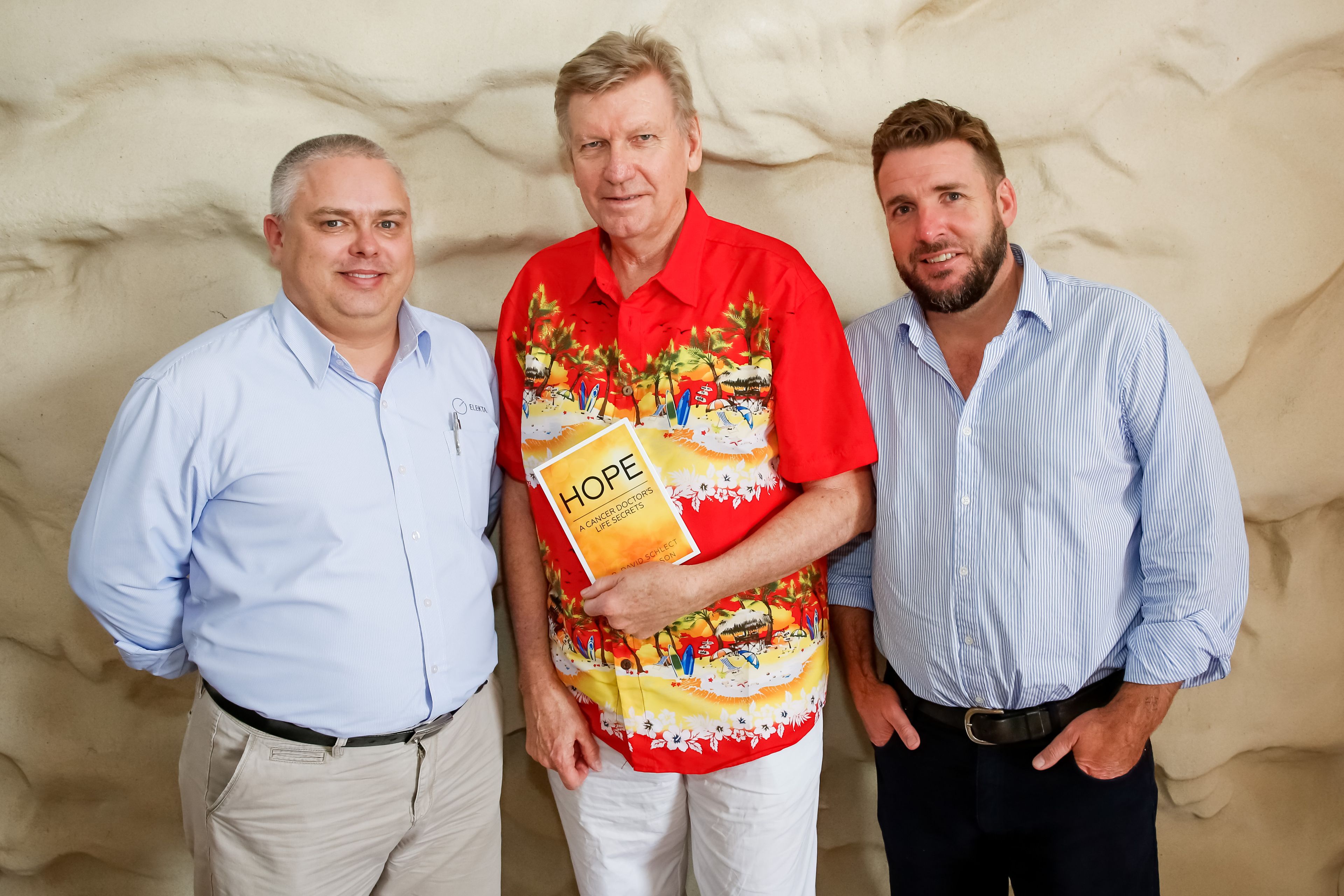First published study on Venezia brachy applicator demonstrates positive results

LMU Munich researchers confirm precise dose tailoring and high normal tissue sparing in cervical cancer cases
In the first published study evaluating the utility and clinical value of Elekta’s VeneziaTM Advanced Gynecological Applicator, investigators at Ludwig Maximillian University of Munich (LMU Munich, Germany) – which has used Venezia since 2017 – showed that the hybrid intracavitary/interstitial (IC/IS) brachytherapy (BT) applicator provides significantly improved dose coverage, while also sparing nearby organs-at-risk in a BT plan comparison. The study results are reported in the June 2019 issue of Brachytherapy.1

Between March 2017 and February 2018, 10 patients with locally advanced cervical cancer (>cT2b) who were ineligible for surgery received curative chemoradiotherapy followed by BT using the Venezia applicator (Figure 1). Eight of the patients had a treatment that combined MRI-based IC brachytherapy with an IS treatment, the latter which entailed the insertion of parallel and/or oblique interstitial needles.
“Venezia can be viewed as a hybrid BT applicator – combining the best characteristics of both ring and ovoid devices.”

For the 10 patients, clinicians applied BT as high dose rate (HDR) in four fractions within two implants, once per week (40 fractions total) using Venezia, which enables a highly versatile IC/IS approach to treating cervical cancer and extensions to the parametrium and vagina in advanced stages (IIIA, IIIB). Venezia can be viewed as a hybrid BT applicator – combining the best characteristics of both ring and ovoid devices. The two lunar-shaped ovoids of Venezia form a ring that when clicked together facilitate insertion of a tandem and ovoid applicator, combined with the dose distribution provided by a ring applicator. The ring creates the desired pear-shaped dose distribution (see sidebar Venezia: optimizing dose distribution).
Plan comparison
To evaluate the IC/IS BT dose distribution against other plans, the researchers created a traditional plan to Point A (pA) (Figure 3) and a manually optimized plan using only an IC approach. For plan comparison, both the pA and IC plans were simulated on the CT’s used for the actual BT treatment for all treatment fractions. In total, 80 BT plans were retrospectively generated.

Image adapted from “Kirisits C et al. The Vienna applicator for combined intracavitary and interstitial brachytherapy of Cervical Cancer: Design, application, treatment planning and dosimetric results. Int J Radiat Oncol Biol Phys 2006;65:624-630.
Results
Among the 10 patients who received ultrasound-guided BT with Venezia, the investigators report that nine were in full remission at four-month follow-up. In eight patients, the tumor diameter decreased by more than 30 percent and in eight patients interstitial needles were used (1-6 needles/fraction, 66 needles total among the eight IC/IS patients).
“The use of a hybrid applicator combining IC and IS BT is the best ‘all-in-one’ technical solution available to date…”
Regarding feasibility of the IC/IS treatment, the researchers reported: “The use of a hybrid applicator combining IC and IS BT is the best ‘all-in-one’ technical solution available to date and facilitates the implementation of the combined BT in centers without special expertise in free-hand or perineal template-based IS BT.”
In the plan comparison, they noted that with the Venezia IC/IS approach, a median D90 HR-CTV of 90.7 Gy was attained, which “differed significantly from values achieved with the pA or IC plans and met the requirement of ≥85 Gy by the GEC-ESTRO recommendations.” In addition, for the IC/IS plans – optimized to realize all organs-at-risk (OARs) constraints – the result was a compromised dose distribution to the target volume, an effect that was significantly more marked in the IC plans. Among the IC/IS patients, just two had to be treated with less than the prescribed doses of 90 Gy to D90 HR-CTV, whereas the IC plans failed to attain the prescribed doses for all but two patients.
According to the researchers: “This clearly shows that the combined IC/IS BT by using a hybrid applicator can not only improve dose conformity and dose coverage or the target volume but at the same time increase dose sparing of OARs.”
They conclude that while additional studies with larger patient cohorts will be needed, the results with Venezia are encouraging.
- Walter F, et al. Combined interstitial and intracavitary brachytherapy of cervical cancer using the novel hybrid applicator Venezia: clinical feasibility and initial results. Brachytherapy. 2018 Sep – Oct;17(5):775-781. doi: 10.1016/j.brachy.2018.05.009. Epub 2018 Jun 22.





